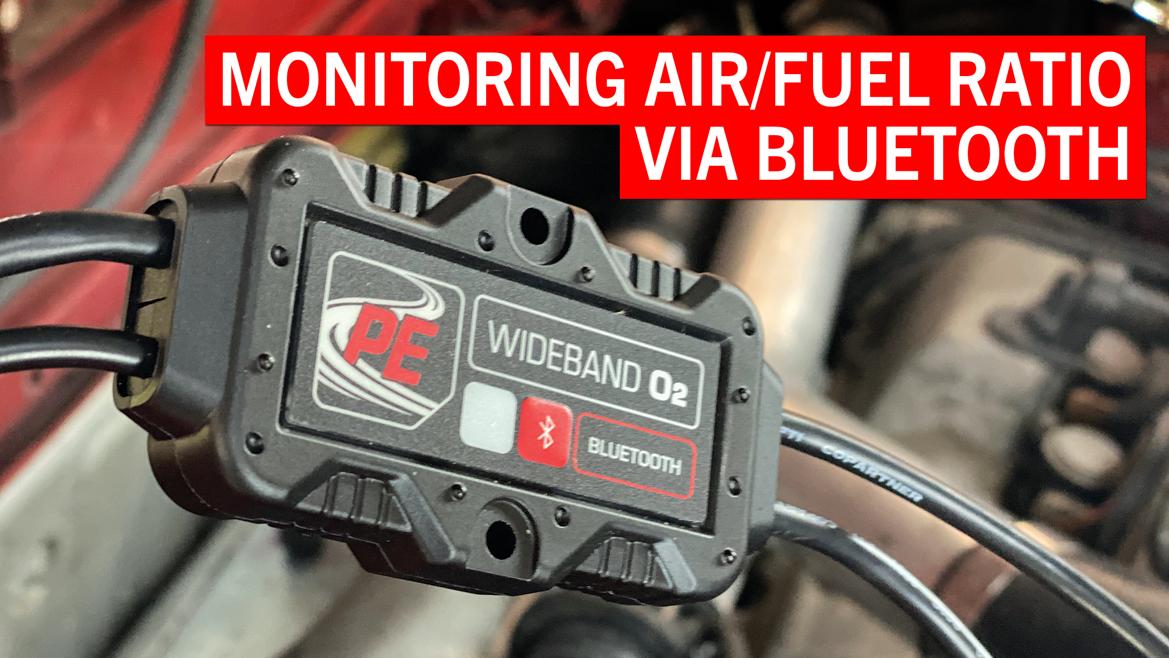A turbocharged engine is a double-edged sword. More power is readily available through more boost, but so is more disaster.
So, even if you are vaguely considering turbocharging an engine, plan to at least monitor the other factors that will be affected by the additional air. Most notably, this means keeping an eye on how much fuel gets mixed into that combustible fog being rammed into your cylinders.
The relationship between fuel and air in your engine is multifaceted. On one hand, you have something called the stoichiometric ratio, which is the ideal mixture of air and fuel that, when combustion occurs, results in no leftover fuel or its catalyst (oxygen, in this case).
[Turbo boost is good, but too much can be bad]
For typical gasoline, on Earth, where air is about 21% oxygen, that ratio is 14.7 parts air to 1 part fuel. Of course, different gasoline blends and elevations affect this number slightly, but that’s the baseline.
But that 14.7:1 ratio doesn’t tell the whole story of max potential. See, while you may be burning all of the fuel at that ratio, secondary effects could be robbing the engine of maximum power. Complete burning of the fuel means less atomized liquid fuel in the combustion chamber, which means less cooling of interior combustion surfaces, which means more energy lost as heat, for example.
Now, every engine is different, and most make maximum power at some ratio that is not the ideal 14.7:1, but this ratio is only attainable through dyno testing and precise monitoring. If you have a modern car, the monitoring part is usually as simple as slipping a connector on the OBD port and using some software or a hardware logger to read the data being sent to the onboard computer.
But our 1991 Toyota MR2 Turbo has no such modern accoutrements, and the factory oxygen sensor that sends exhaust data to the onboard computer is extremely low-resolution.
Time for Some Sensorship
The solution is a proper wide-band oxygen sensor, which usually means the installation of an accompanying in-dash gauge or monitor to keep track of the numbers. But we found an easier solution that installs in minutes from Performance Electronics. The company’s PE-Wideband kit consists of a Bosch sensor that connects to a Bluetooth-enabled controller you can monitor via an app on your iOS or…
Click Here to Read the Full Original Article at Grassroots Motorsports Online Articles…

